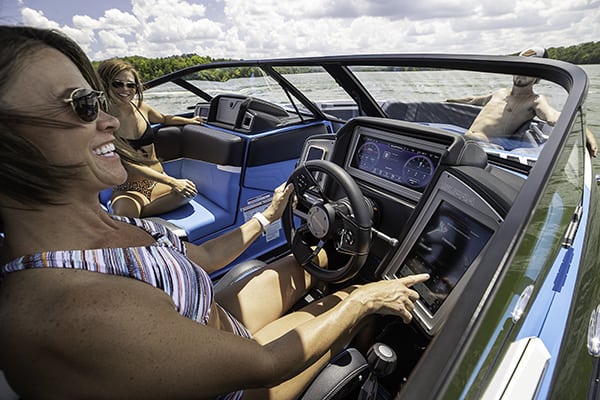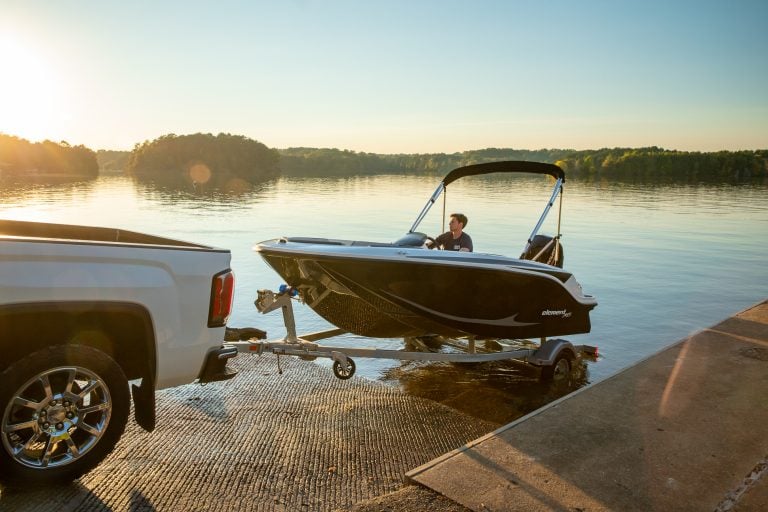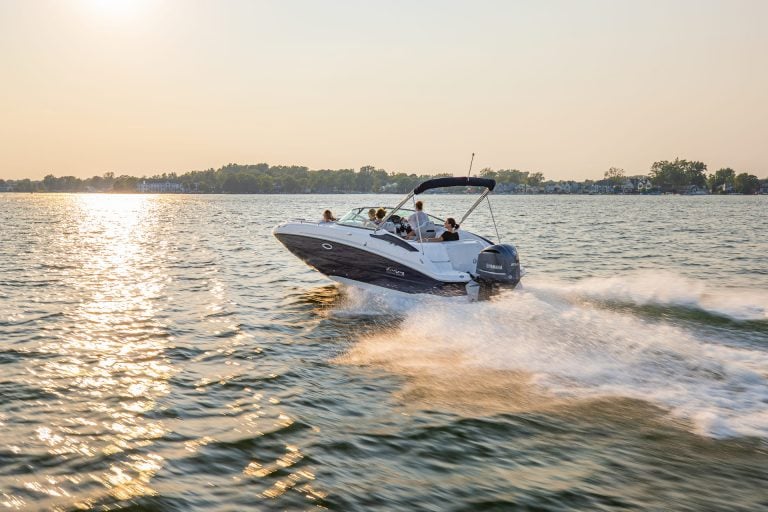

Docking your boat is a complicated task and can’t really be compared to parking a car for many reasons, but most importantly because there aren’t any brakes. As a result, you need to know how to stop forward motion and slowly bring your boat to a stop alongside a dock.

One of the golden rules of boating is to never approach the dock faster than you’d be willing to hit it. There’s no perfect way to slow your boat down quickly, so it’s important to lower your speed far in advance of reaching the dock.
Take note of what way the current (and wind) is moving, so you understand whether it’s pushing your boat towards or away from the dock. You’ll need to approach more carefully if the current is pulling you towards the dock, while you may need to use more power to get close to the dock if you’re working against the current.
Point your bow towards the middle of your docking space and approach at an angle of about 30-45 degrees. This will enable you to slide into place alongside the dock and to get as close as you can without hitting against the pier.
When the dock is only about 100 feet away, turn your wheel away from it and shift into neutral. The stern should begin angling towards the pier and your boat should gently drift towards the dock because of its own momentum.
To bring your boat parallel to the dock, turn your wheel towards the dock once again, shift into reverse, and gently apply the gas to help stop forward motion and position the stern correctly. Then shift back into neutral and finish drifting close to the dock.
Properly tied lines will keep your boat from moving forward (or backward) after you position it alongside the dock.
Wait until your lines are completely tied before shutting off your boat, so you can easily reposition your boat if it moves around while you’re mooring.
Following these steps should help you to carefully approach and position your boat alongside the dock, while coming to a stop in a gradual and safe way.


